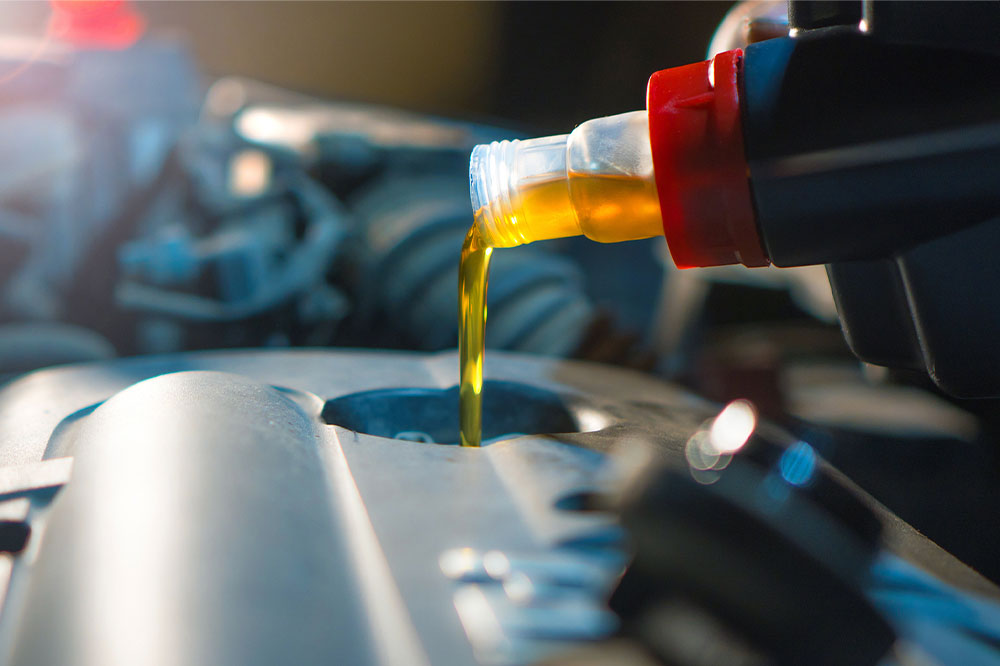Avoid these 5 mistakes while replacing engine oil

Replacing the engine oil in your car yourself can be cheaper and more convenient than getting it done at a repair shop. However, a DIY oil change requires considerable caution to prevent missing key steps. But if you have some experience with car maintenance, replacing the engine oil can be a simple procedure, not taking longer than 30 minutes. Nevertheless, make sure that you steer clear of the following mistakes when replacing the engine oil:
Not setting up the work area
Changing the engine oil of your car is an essential service, and you have to prepare before you get down to work. You have to be ready with the tools—ramp, jack stand, wrench, and oil drain pan—and other equipment. Looking for a tool you need in the middle of changing the oil is not an ideal situation. So, before you start, read through your car’s manual and learn about the oil type, capacity, and frequency of replacing oil and get the required tools for the job.
Not warming up the engine
Old oil can flow from the engine easily when it is warm enough. Cold oil can stick to the surface and take a while to drain, leaving behind a residue. So, you should start the engine and let it warm up for a couple of minutes before draining the oil.
Using the wrong oil
This is a common mistake when replacing engine oil, which can be avoided with a little bit of research and caution. To start with, you need to check your car manual’s maintenance section, which specifies the type and viscosity of oil that is compatible with your car. Further, take into account the weather before buying the oil. For example, if it is warm in your region, you will need an oil with thick viscosity. Also, you need to choose between regular and synthetic engine oil; a new engine can work with either a conventional or synthetic variant, but an old engine might not be flexible enough to accommodate anything it isn’t used to holding.
Not pouring enough oil
The manufacturer’s manual will tell you the precise level of oil required. Anything less than the specified level can cause damage, which can be expensive to repair. Always pour the right quantity of oil after you have drained the older fluid and replaced the oil filter. If you are unsure about the right quantity, insert a wiped dipstick in the engine compartment. When you pull back, the oil must reach full marking on the tip of the dipstick.
Not tightening the drain plug
One of the most common mistakes when replacing engine oil is not tightening the drain plug enough. Alternatively, you may over-tighten it, causing damage to the car’s oil pan. To ensure you are tightening the drain plug enough, use a paper towel or rag cloth to remove residual oil from the plug. Then, see if you need to replace the washer behind the plug. Finally, install the drain plug following the manufacturer’s torque spec.





